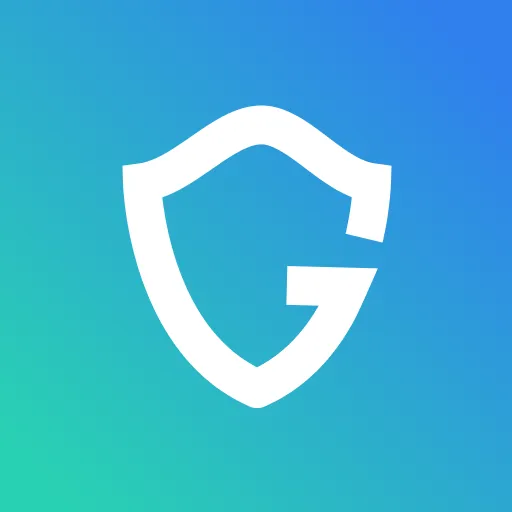How To Stop A Malware Attack On Your Organization

Key Takeaways
Malware detection and elimination are critical for your company's data security and privacy. The solution is to have in place the approaches, rules, and IT security technologies needed to stop them from happening in the first place. However, it also entails informing end-users about common malware distribution methods so that they can recognize and react to them.
{{component-cta-custom}}
Use a Firewall
A firewall is the first line of defence against malware. It may block connections from suspicious locations and even prevent certain forms of malware from entering your network. Any unlawful access to your network is logged, and the traffic is stopped before it reaches your devices. Both hardware and software variants allow you to customize them to meet your company's unique requirements.
Firewalls may also be used to limit what can and cannot pass through a network. Thus, users can decide which IP addresses or ports should be disabled or enabled. While not a complete solution, a firewall can still help your network defend and secure itself.
Use Cloud Environment Hosting
Cloud hosting services have become increasingly popular in recent years. They are versatile, reliable, and scalable, and they're more secure than on-premises data centers. When you host your data offsite, malware or other cybersecurity threats are less likely to be successful.
Additionally, cloud service providers (CSPs) have the resources and expertise needed to keep your data safe. They typically offer around-the-clock security monitoring and protection against the latest online threats. Many CSPs even offer compliance with industry-specific regulations.
Educate Your Employees
End-users are often the weakest link when it comes to data security. They may accidentally open malicious attachments or click on links that lead to dangerous websites. Cybercriminals are aware of this and often target end-users with phishing emails and other social engineering techniques.
Guardio is a Chrome extension that monitors suspicious activity and blocks hackers from stealing your data.
{{component-cta-custom}}
Guardio Keeps You Safe on the Web

Over one million people use Guardio to keep themselves safe as they browse the web. It’s rated “Excellent” on TrustPilot with 4.5 stars from 1,552 reviews.
You can reduce the risk of malware infections by educating your employees about common cybersecurity threats. Teach them how to spot suspicious emails and websites, and remind them not to click on links or open attachments from unknown senders. Additionally, make sure they know not to provide sensitive information, such as login credentials, to anyone unless they're certain it's safe to do so.
Update Your CMS Regularly
A content management system (CMS) is a software application used to create and manage digital content. WordPress, Drupal, and Joomla are some of the most popular CMS platforms. While they make it easy to create and publish content, they may also leave your website vulnerable to attack if they're not properly maintained.
Outdated software is one of the leading causes of malware infections. That's why it's essential to keep your CMS up to date with the latest security patches. Most CMS platforms offer automatic updates, so you don't have to worry about installing them yourself. However, you should check for updates regularly to ensure that your website is always protected against the latest threats.
Use SSL Certification for Your Website
SSL (Secure Sockets Layer) is a security protocol used to establish an encrypted connection between a web server and a web browser. This connection ensures that all data exchanged between the two is protected from eavesdroppers.
To use SSL on your website, you'll need an SSL certificate. Your website's URL will begin with "HTTPS://" rather than "HTTP://." A secure connection is indicated by a padlock symbol in the address bar.
You can get an SSL certificate from a reputable Certificate Authority (CA), such as Symantec, GeoTrust, or Comodo. Once you have it, you'll need to install it on your web server and configure your website to use it.
Use Strong Passwords
Using strong passwords is one of the most basic and successful strategies to keep your data safe. A strong password must include a combination of uppercase and lowercase letters, numbers, and symbols and should be at least eight characters long. It should also be unique; that is, it shouldn’t be used for any other online account.
You can use a password manager to generate and store strong passwords for your online accounts. This way, you don't have to remember them all yourself. Just make sure to choose a reputable password manager that uses encryption to protect your data.
Conclusion
You can take many steps to help avoid malware attacks from being successful against your organization. Using the right tools, hosting your data offsite, updating your software regularly, and using strong passwords can help keep your data safe from attackers.
{{component-cta-custom}}








